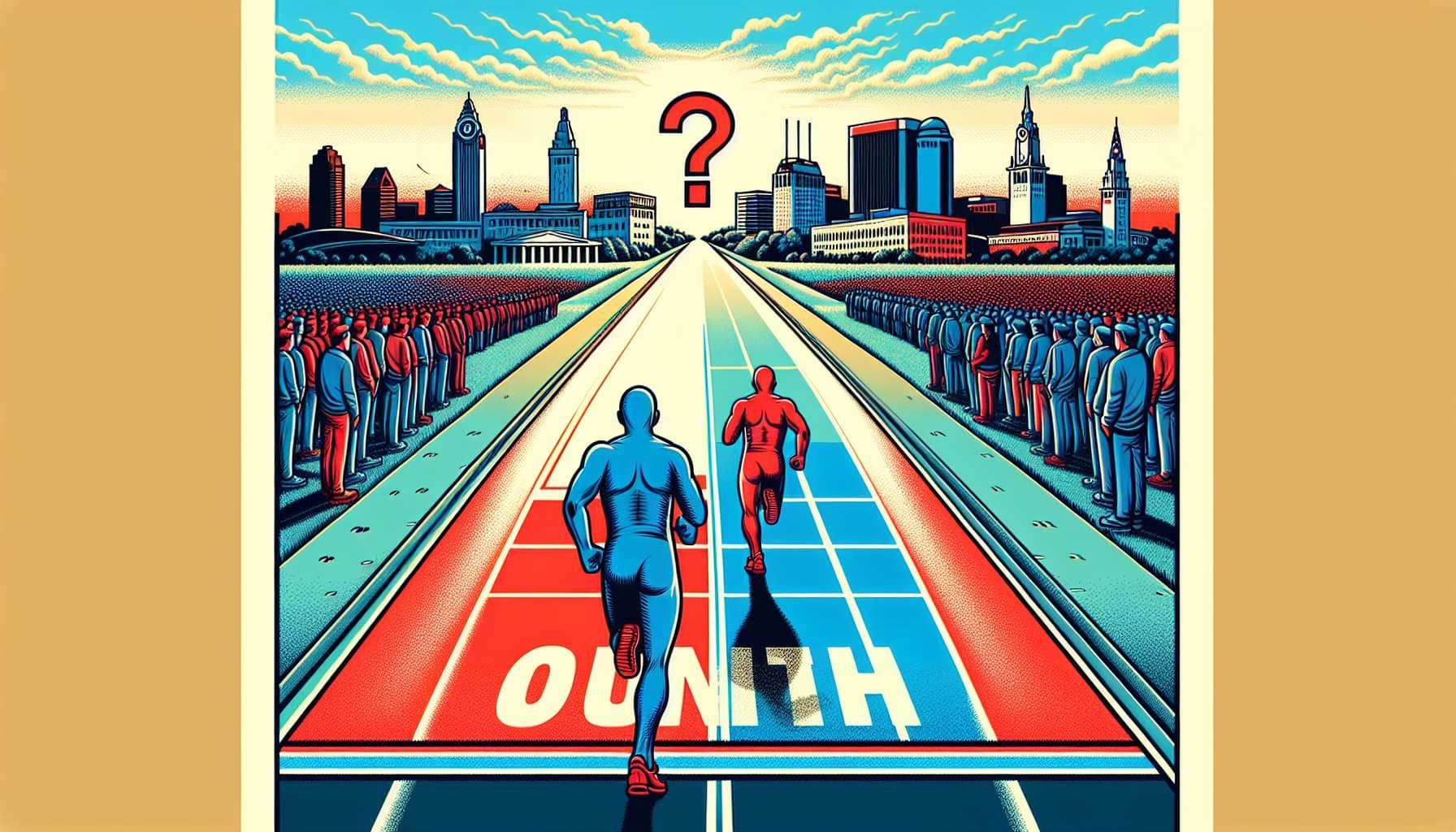
Will eventually resolve to the party which won the popular vote for the race, as determined by the local, state, and ultimately federal governments.
In the case the race is called by the major news organizations, the market may optionally resolve early.
This market covers events up to and including Election Day, November 5: if Party A's candidate X wins the popular vote that day, but intervening events cause the next inaugurated Senator to be from Party B, the market will resolve to Party A.
If candidate X switches party affiliations, the switch will not affect the outcome if it is after the beginning of Election Day, local time.
🏅 Top traders
| # | Name | Total profit |
|---|---|---|
| 1 | Ṁ11,826 | |
| 2 | Ṁ5,093 | |
| 3 | Ṁ3,442 | |
| 4 | Ṁ1,987 | |
| 5 | Ṁ1,785 |
People are also trading
Analysis from the Manifold newsletter:
Ohio: Sen. Sherrod Brown (D) vs. Bernie Moreno (R)
Democrat win chances per models: 47% (The Hill), 55% (538), 50% (Split Ticket)
Expert forecasts: Tossup (Sabato), Tossup (Cook), Tossup (Inside Elections)
Polling average (538): Brown+1.6
Election result in 2018, a Democratic wave year: D+7 (Brown vs. Renacci)
Election result in 2012, amid Obama's reelection: D+6 (Brown vs. Mandel)
Recent Ohio presidential election results: Trump+8 (2020), Trump+8 (2016), Obama+3 (2012)
Manifolder commentary:
Panfilo: The introduction of Vance to the main ticket probabaly increases the odds of this for Rs.
Plasma Ballin’: I was going to sell my Brown shares when I saw that this market had gotten up to 47%. But then I looked at the polling average.
Charlie Bauer: Brown outperformed Obama by 3.0% in 2012. There’s no way he’s viewed as more moderate than he was then, given he has followed the party line on every issue. Trump polled 10.7% ahead of Biden (on RCP, last poll was 7/1). So I predict Brown loses by about 8%.
Plasma Ballin’: GOP internals somehow have Brown up by 6. Extremely unexpected, but that makes me think that he has more of an edge than it seems.
Conflux commentary:
Ohio was once a bellwether state, voting for the winner in the presidential election every year between 1964 and 2016. But because of demographic coalition shifts, it’s become a red state, and Harris has next to no chance to win it presidentially.
However, Sherrod Brown is a popular incumbent who’s been in office for three terms, and his opponent Bernie Moreno has never held political office, being a former car ownership dealer. Back-of-the-envelope math suggests that the Republican, Moreno, would still have the advantage, but Sen. Brown has taken a narrow lead in polls — as I mentioned earlier, a bit mystifying compared to Montana. This will be an absolute nail-biter.
I was going to sell my Brown shares when I saw that this market had gotten up to 47%. But then I looked at the polling average.
I mean, their analysis looks pretty sound to me (they have a paragraph about it). They took into account all of the important factors, and it does seem like Brown has the edge given his incumbency and the polling showing him slightly ahead (no polls recently though, might need to wait until closer to November). Also, Biden dropping out might increase his chances?
This race might be critical to which party controls the senate in 2024!
I've added a subsidy to this market, and edited in the names of the major party nominees.
For more information and arbitrage, you can also check out the new Key Races dashboard!
Note that if those are not the nominees, this market still resolves to the party of the winning candidate.